Application of belt conveyor in waste treatment
Saturday May-24 2025 16:22:44
Waste treatment has the characteristics of complex material types, mixed components, high moisture content, strong corrosiveness and strict environmental requirements, which puts high demands on the adaptability and stability of conveying equipment. Belt conveyors are widely used in waste treatment systems due to their simple structure, high conveying efficiency and stable operation.
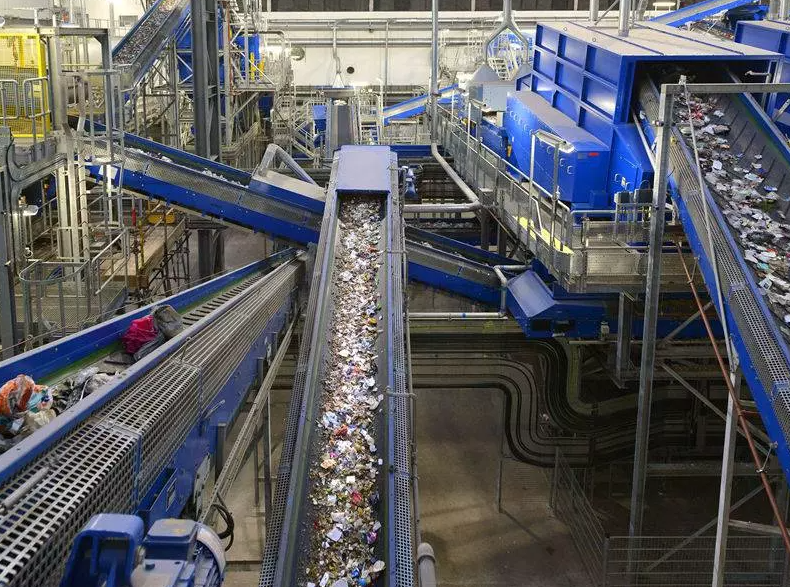
By selecting corrosion-resistant, wear-resistant and water-resistant conveyor belt materials, the long-term operation requirements of materials such as wet garbage and corrosive solid waste can be effectively met; at the same time, the belt conveyor can realize multiple layout modes such as horizontal, inclined and closed to meet the requirements of conveying paths and spaces for different process flows.
Application field overview
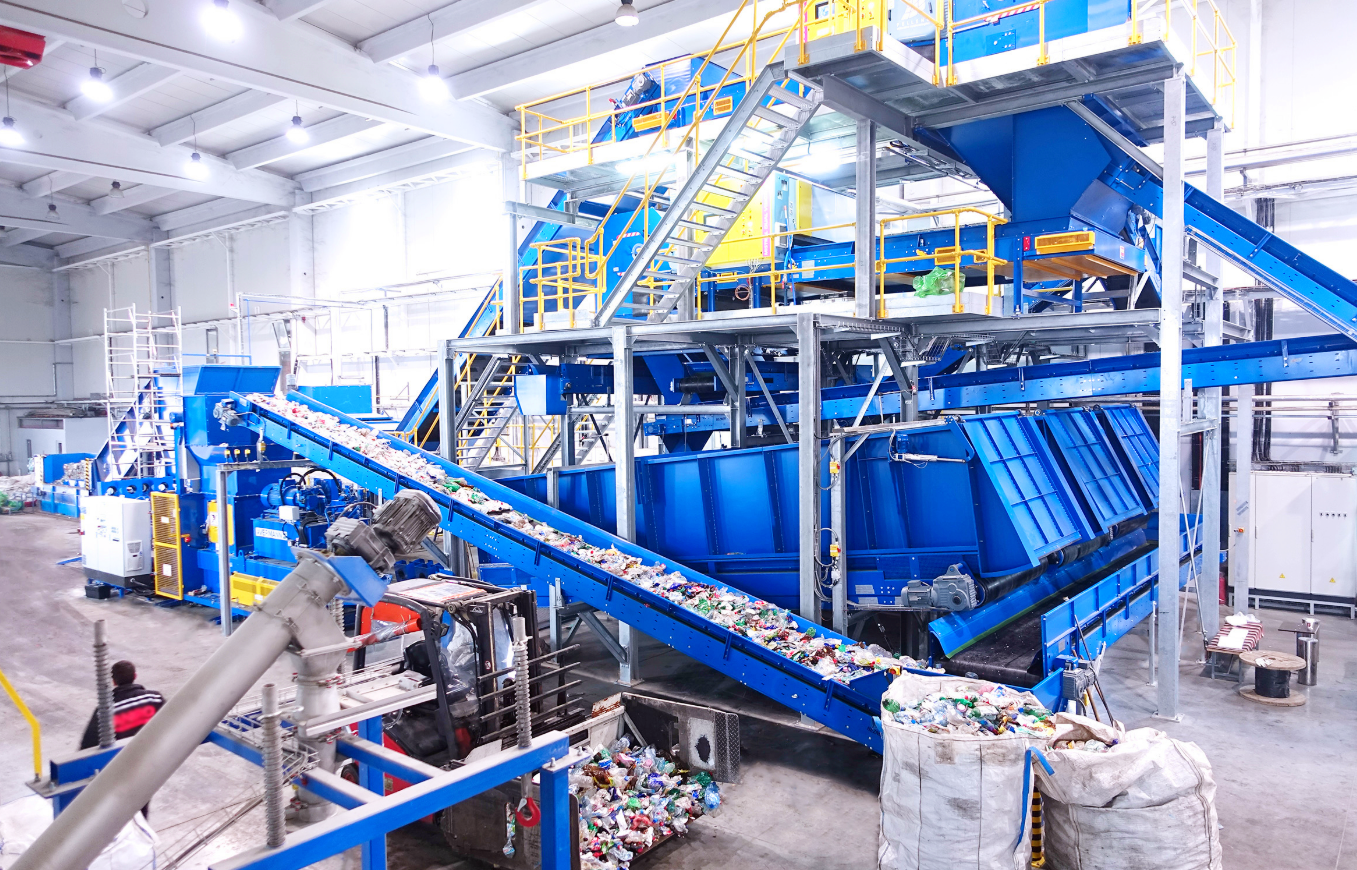
In waste treatment systems, belt conveyors are mainly used for the transportation of the following types of materials:
Municipal domestic waste (MSW), construction waste, industrial solid waste, organic waste (such as kitchen waste)
Recyclable resources (such as paper, plastic, metal, etc.), incineration ash and pre-incineration pretreatment materials, etc.
What types of waste are suitable for belt conveyors of different materials in waste treatment?
In waste treatment, the material selection of belt conveyors is crucial because it directly affects the adaptability, durability and operating efficiency of the conveyor to different types of waste. Belt conveyors of different materials are suitable for different types of waste in waste treatment due to their characteristics and tolerance.
①Rubber Conveyor Belts
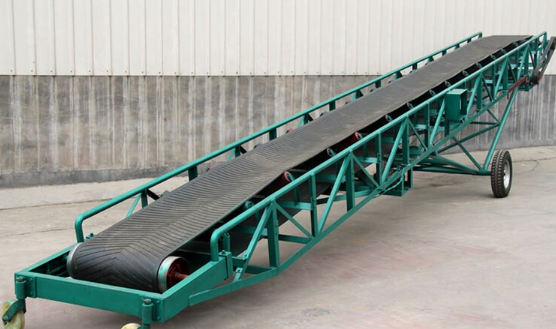
Features: Good wear resistance, impact resistance, elasticity and flexibility, relatively low cost.
Applicable waste types: Domestic waste, construction waste, mining waste/aggregate, general industrial waste, mixed waste before classification, etc. Suitable for garbage reception, rough sorting and other links.
②PVC Conveyor Belts

Features: Light texture, low operating energy consumption, with certain oil resistance, corrosion resistance and flame retardant properties. Thinner than rubber belt, more suitable for high-speed operation. But the wear resistance and cut resistance are not as good as rubber belt, not resistant to strong acid, alkali and high temperature.
Applicable waste types: Light recyclables: such as waste paper, plastic bottles, plastic films, etc.; packaging waste; light industrial waste, etc.
④Polyurethane Conveyor Belts
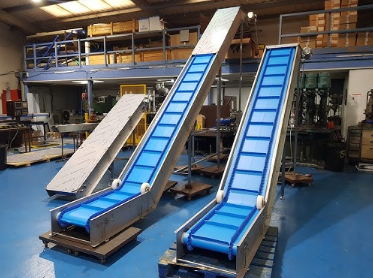
Features: Combining the elasticity of rubber and the lightness of PVC, it has excellent wear resistance, oil resistance, fat resistance and chemical corrosion resistance. ;
Applicable waste types: restaurant kitchen waste/kitchen waste; dehydrated sludge; finely classified recyclables, such as clean plastic particles, pulp, etc.; food processing waste, etc.
⑤Steel Slat/Chain Plate Conveyors
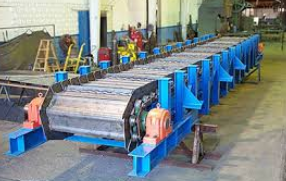
Features: Usually made of steel plates or high-strength wear-resistant alloy plates connected by chains, the structure is extremely strong and not easy to deform.
Applicable waste types: large, heavy and sharp waste, such as whole bags of garbage before crushing, large pieces of metal waste, scrapped cars, reinforced concrete blocks after building demolition, slag, etc.; high-temperature materials, such as high-temperature slag after garbage incineration, industrial high-temperature waste; waste with large impact loads; hazardous waste, etc.
Typical application links of belt conveyors in waste treatment

1. Garbage collection and pre-treatment transportation
At garbage receiving stations or sorting centers, belt conveyors are used to transport domestic garbage or mixed solid waste from the feed inlet to pre-treatment equipment such as crushers, screeners or magnetic separators. It has a large conveying capacity, can run continuously, can adapt to the messy and mixed state of materials, and can also be used in conjunction with a weighing system for garbage measurement.
2. Material sorting line conveying
In the automated sorting system, the belt conveyor is used to connect multiple process equipment, such as drum screens, manual sorting tables, air separators, optical sorting equipment, etc., to ensure that the waste flows smoothly throughout the entire processing line. The belt conveyor can be used with a frequency converter to achieve adjustable speed, which is convenient for sorting rhythm control. The belt material can be selected as anti-slip, anti-corrosive, and anti-static as much as possible.
3. Stacking and storage and transportation system
The treated waste (such as recyclables, organic fertilizers, incineration slag, etc.) needs to be temporarily stored or transported to the downstream system. The belt conveyor can be used to complete the transition from the sorting section to the yard or transportation loading station. The belt conveyor can be designed to be movable or telescopic to adapt to different yard layouts, and to cooperate with the lifting section (such as a climbing belt conveyor) to achieve height difference transportation.
4. Incineration feeding system
In waste incineration plants, belt conveyors are used to transport pre-treated solid waste to the hopper in front of the furnace or directly into the inlet. Heat-resistant and wear-resistant conveyor belt materials are required for high-temperature working conditions. Anti-spill skirts and covers are usually configured to prevent secondary pollution. In the kitchen waste or organic waste processing section, belt conveyors are often equipped with fermentation tanks, compost turners, etc. to complete the continuous conveying and batching of materials. The conveyor belt is required to be easy to clean or corrosion-resistant, and the spray deodorization system is used to reduce the spread of odor.
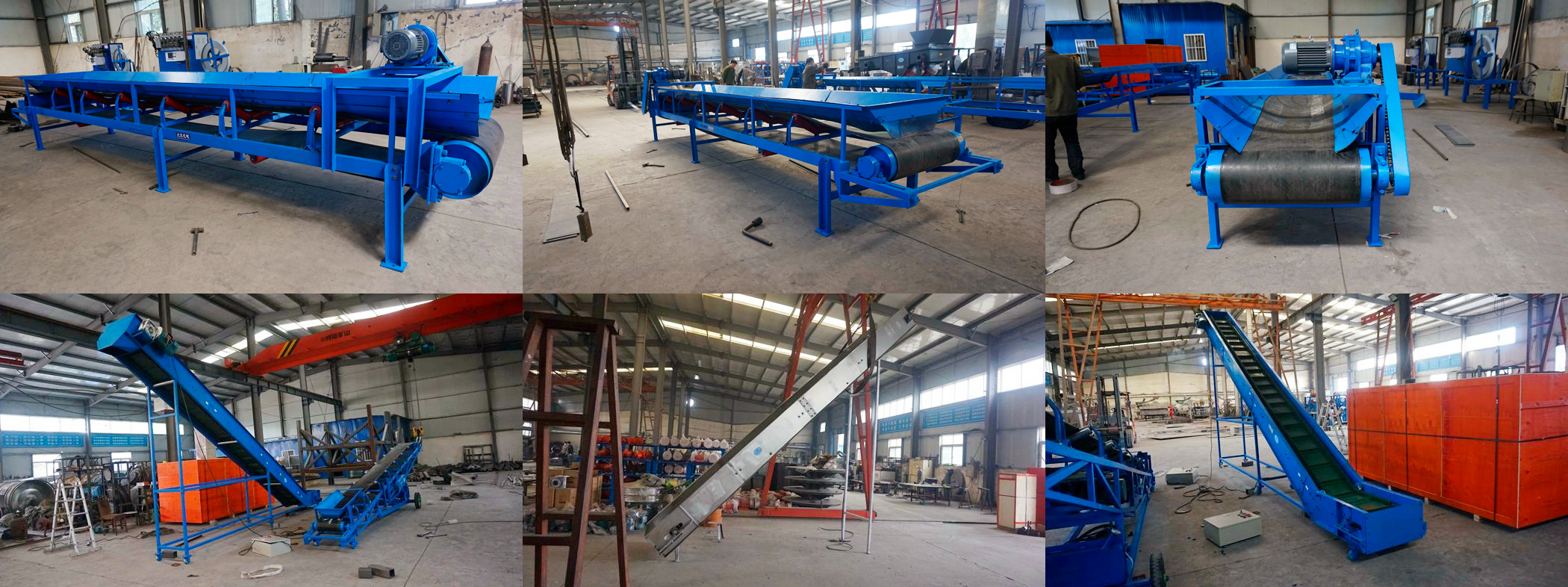
The application of belt conveyors in waste treatment fully reflects the diversity and complexity of waste treatment. Waste treatment usually involves multiple types of waste, such as recyclables, hazardous waste and domestic waste, and the treatment methods and requirements of each type of waste are different. In addition, belt conveyors can also achieve continuous, efficient and automatic transportation of waste through speed adjustment, inclination changes, and seamless connection with sorting, crushing and other equipment, effectively reducing the spread of dust and odor, ensuring operational safety, and thus significantly improving the overall efficiency and environmental friendliness of waste treatment.
